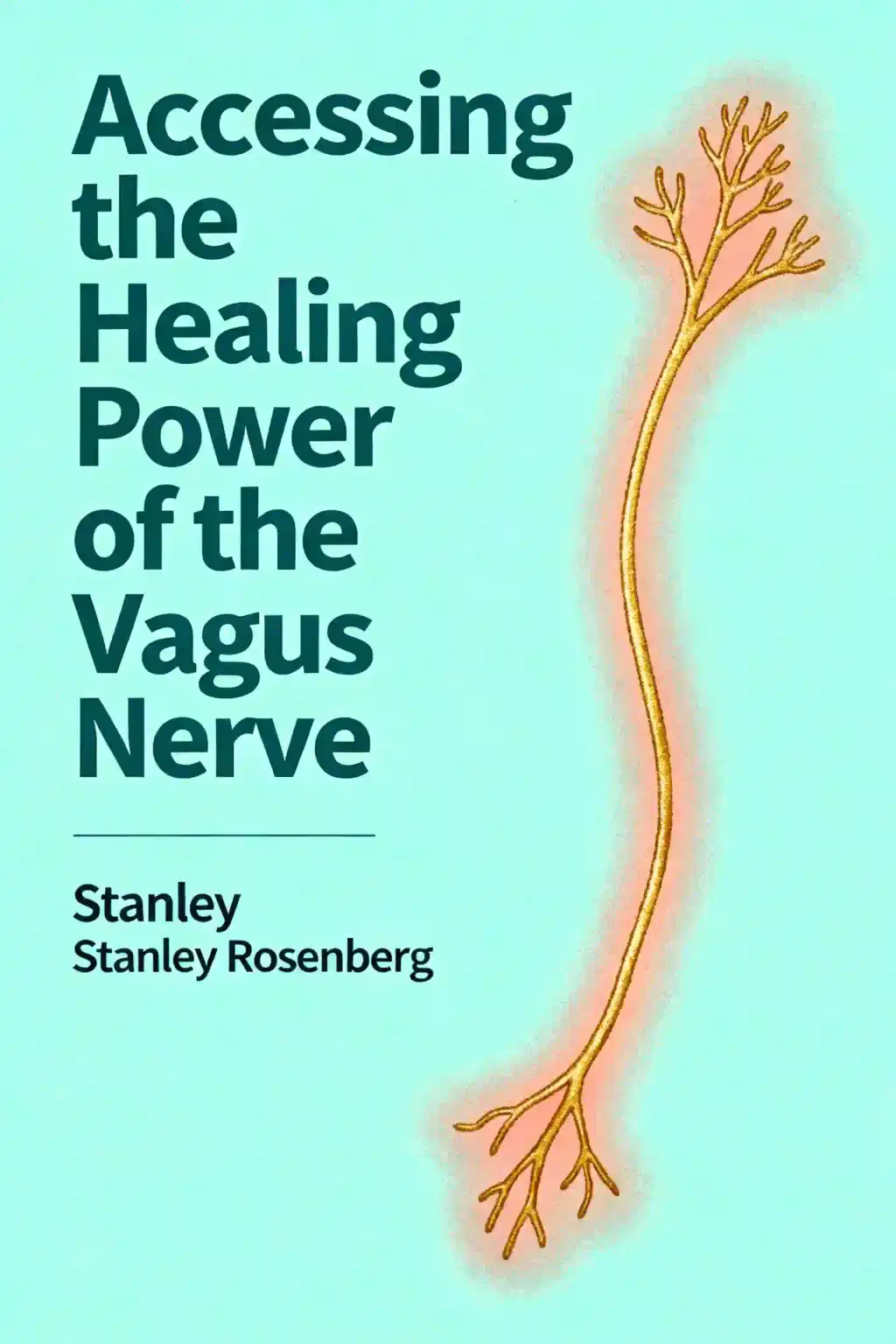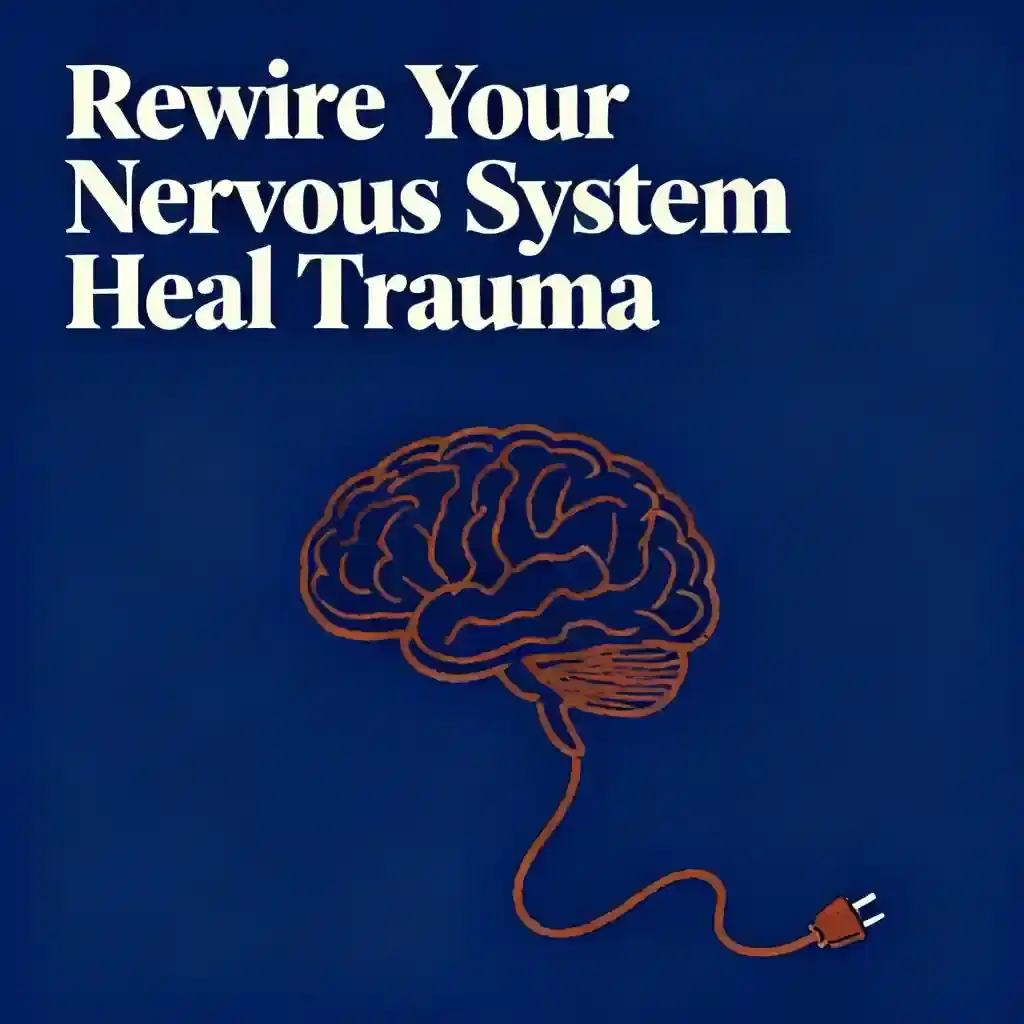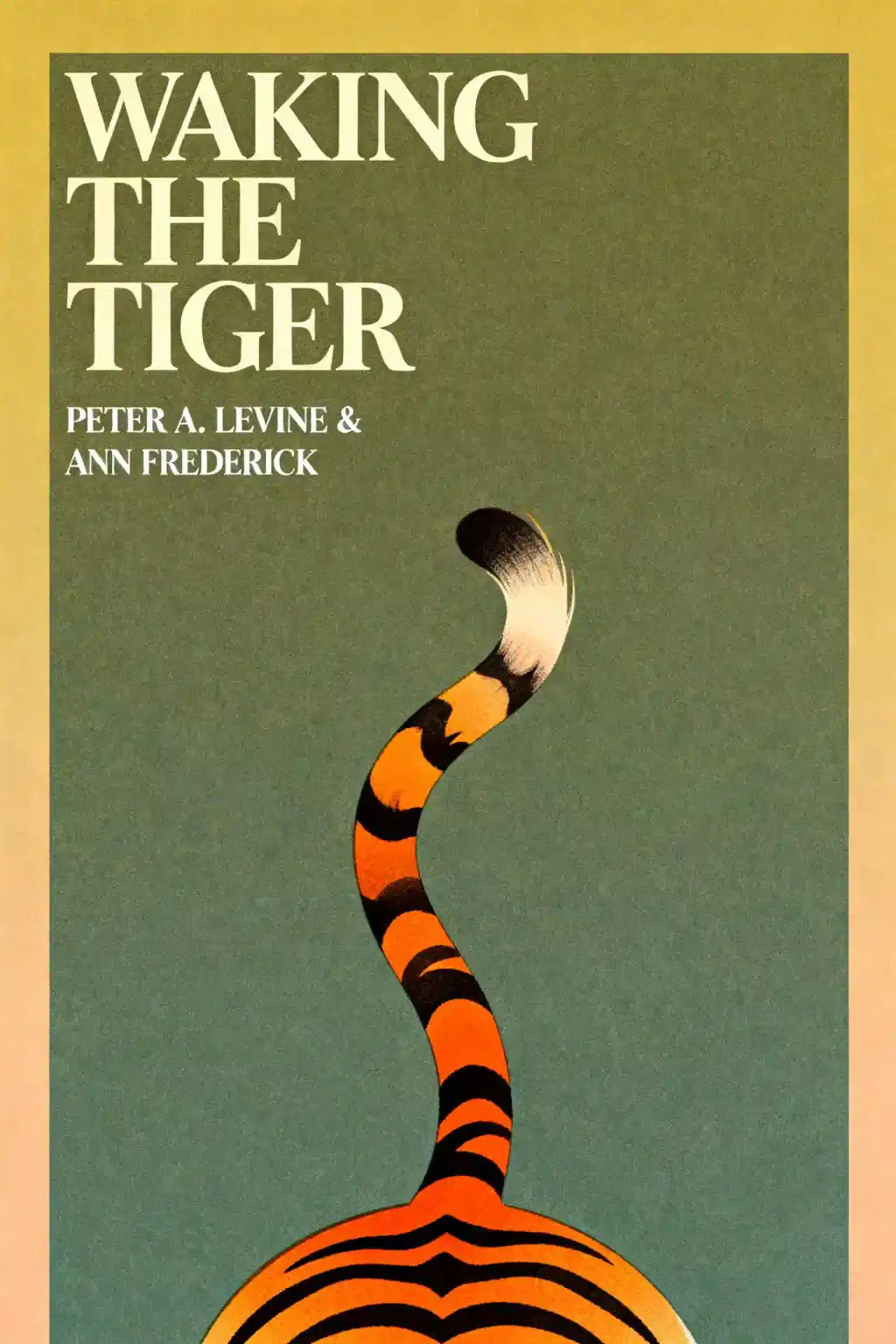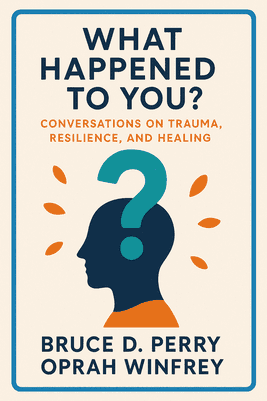What is
Accessing the Healing Power of the Vagus Nerve about?
Accessing the Healing Power of the Vagus Nerve by Stanley Rosenberg explores how regulating the vagus nerve—a key component of the parasympathetic nervous system—can reduce anxiety, heal trauma, and restore physical and emotional balance. It combines Stephen Porges' Polyvagal Theory with step-by-step exercises to activate the body’s self-healing mechanisms.
Who should read
Accessing the Healing Power of the Vagus Nerve?
The book is ideal for therapists, bodyworkers, trauma survivors, and individuals dealing with chronic stress, anxiety, or autonomic nervous system dysregulation. It’s also valuable for parents and caregivers seeking non-pharmaceutical strategies for emotional and physical wellness.
Is
Accessing the Healing Power of the Vagus Nerve worth reading?
Yes—the book provides actionable tools grounded in neurobiology and clinical experience, making it a practical resource for improving vagal tone. Readers praise its clear explanations of complex concepts like the social nervous system and its role in healing trauma.
How does
Accessing the Healing Power of the Vagus Nerve use Polyvagal Theory?
Rosenberg builds on Stephen Porges’ Polyvagal Theory to explain how the vagus nerve governs stress responses and social engagement. The book links impaired vagal function to conditions like anxiety and autism, offering exercises to restore nervous system balance.
What exercises are in
Accessing the Healing Power of the Vagus Nerve?
Key techniques include:
- Breathwork: Slow diaphragmatic breathing to stimulate ventral vagal activity.
- Physical maneuvers: Head-turning exercises to reset cranial nerve function.
- Self-massage: Gentle touch to activate the parasympathetic response.
Can
Accessing the Healing Power of the Vagus Nerve help with chronic pain?
Yes—the book argues that vagus nerve stimulation can reduce inflammation and improve pain management by shifting the body from a stress state to a rest-and-digest mode. Case studies demonstrate reduced symptoms in conditions like fibromyalgia.
How does Stanley Rosenberg’s background influence the book?
Rosenberg’s 30+ years as a craniosacral therapist and Rolfer inform his hands-on approach. His methods blend somatic experiencing with osteopathic principles, emphasizing practical, accessible techniques over theoretical jargon.
What are the criticisms of
Accessing the Healing Power of the Vagus Nerve?
Some clinicians note that the exercises may require professional guidance for complex cases. Critics also highlight limited peer-reviewed studies directly validating Rosenberg’s specific techniques, though the core science aligns with Polyvagal Theory.
How does this book compare to other vagus nerve guides?
Unlike purely academic texts, Rosenberg prioritizes self-help strategies over dense anatomy lessons. It’s more action-oriented than Porges’ original Polyvagal works but less technical than medical handbooks.
What role does the vagus nerve play in emotional health?
The book explains how a well-toned vagus nerve fosters emotional resilience by regulating heart rate, digestion, and social connection. Dysfunction is tied to panic disorders, while activation promotes calm and safety.
Does
Accessing the Healing Power of the Vagus Nerve address autism?
Yes—Rosenberg suggests vagus nerve exercises may improve emotional regulation and sensory processing in autistic individuals by enhancing parasympathetic responsiveness. The approach complements behavioral therapies.
How long does it take to see results from the techniques?
Some users report immediate relaxation from breathwork, while chronic issues like migraines may require weeks of consistent practice. Rosenberg emphasizes individualized pacing and combining methods for optimal outcomes.
























